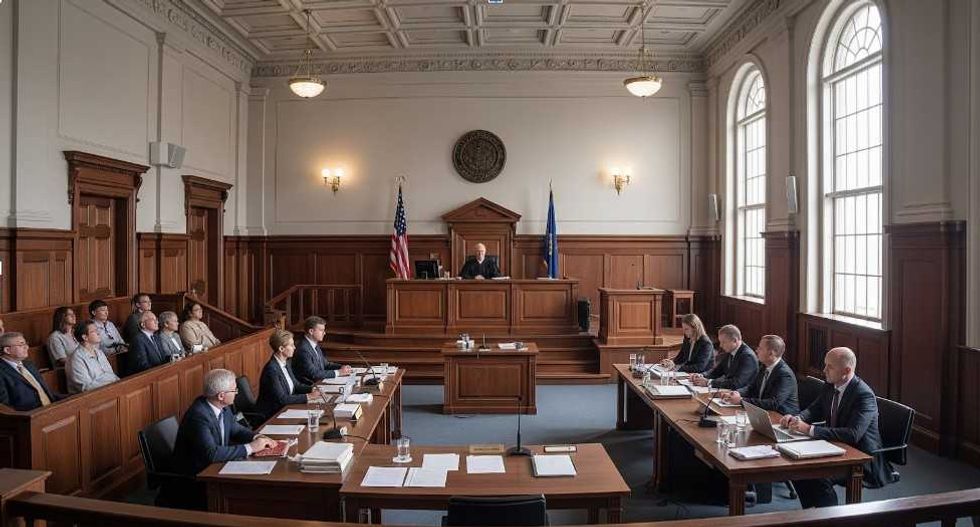Happy Pride! In honor of Pride Month, here’s your friendly neighborhood English major’s list of six queer characters from classic literature, so you can gay up your reading list.
Clarissa Dalloway from Mrs. Dalloway
I’ve sat here at this coffee shop for literal hours trying to figure out how to sum up my deep love for the title character in Virginia Woolf’s Mrs. Dalloway, and I think a huge part of it is that Clarissa has such a detailed and complex inner life. She’s in advanced middle age in this book, and yet she still recalls her younger self’s love for (and kiss with) her old friend Sally Seton with a degree of confusion, as if she still hasn’t quite processed what happened or how she felt about it. She has such a profound appreciation for the world around her and for even the mundane minutiae of passers-by, but she can and does also hate passionately -- specifically, she hates Doris Kilman, her daughter Elizabeth’s tutor. This hatred is peculiarly self-directed, though, possessing the “power to make her feel scraped,” so it smacks of internalized homophobia on Clarissa’s part. Overall, for the majority of the story, Clarissa is pulled by her own thoughts in so many directions at the same time, a mental state represented wonderfully by Woolf’s signature stream-of-consciousness style. She’s confused, she’s curious, she’s continually searching for some form of truth about herself or the world or both.
She is, in a word, human. And god, I adore her for it.
Basil Hallward from The Picture of Dorian Gray
In all probability, none of the main characters in this book -- Basil, Sir Henry Wotton, or the title character himself -- are straight. The scene near the beginning of the book in which Henry begins to corrupt Dorian is unbelievably homoerotic, for example; Henry guesses that Dorian has had “passions that have made you afraid, thoughts that have filled you with terror, day-dreams and sleeping dreams whose mere memory might stain your cheek with shame.” Oscar Wilde even said once that “Basil Hallward is what I think I am: Lord Henry what the world thinks me: Dorian what I would like to be–in other ages, perhaps.” So in that sense, this book can conceivably be read as a meditation on internalized homophobia -- and a particularly heartbreaking one at that, since Dorian (spoiler alert) murders Basil about halfway through the story.
But there’s also a reason I’ve basically created my own fandom ball pit of denial surrounding Basil. Wilde gives him some of the most emotionally potent and frankly romantic lines in the entire book; when he first sees Dorian across the room at a party, he “knew that I had come face to face with some one whose mere personality was so fascinating that, if I allowed it to do so, it would absorb my whole nature, my whole soul, my very art itself.” He subsequently says to Henry that “[Dorian] is all my art to me now.” Basil also gets to confess his feelings to Dorian in a way that, although certainly roundabout and censored in edits to which Wilde didn’t consent, evokes Darcy’s first proposal to Elizabeth in Pride and Prejudice:
“…Dorian, from the moment I met you, your personality had the most extraordinary influence over me. I was dominated, soul, brain, and power, by you. You became to me the visible incarnation of that unseen ideal whose memory haunts us artists like an exquisite dream. I worshipped you. I grew jealous of every one to whom you spoke. I wanted to have you all to myself. I was only happy when I was with you. When you were away from me, you were still present in my art….
…”My dear Basil,” said Dorian, “what have you told me? Simply that you felt that you admired me too much. That is not even a compliment.”
“It was not intended as a compliment. It was a confession. …”
Basil is, then, this story’s tragic romantic hero of sorts, much more of a romantic figure than Dorian could ever be.
Charlotte Lucas from Pride and Prejudice
I’ll admit, there’s a certain danger inherent in slapping anachronistic labels on characters; while it’s not as if queer people didn’t exist in the Regency era, e.g. Anne Lister or the many reported examples of women who dressed and lived as men, homosexuality and queerness as we know them now are very much modern constructs, only really articulated for the first time in Oscar Wilde’s trials. With all that said, though: in my humble English-major opinion, there’s no way Charlotte Lucas is simply straight. I’m hesitant to put one single label on her, because there are a few different ways she could be interpreted. In her own words, she is “not romantic, you know; I never was,” which would seem to support an asexual reading of her character, and probably an aromantic one as well. However, the blinders of heteronormativity are intense, and even nowadays people don’t always figure out how not-straight they are until well into adulthood (Lauren Morelli is the first example I can think of off the top of my head), so reading Charlotte as a hyper-repressed lesbian is also very possible. Either way? Totally not straight byeeeeeee
Duke Orsino from Twelfth Night
Let me get one thing straight (ha): I, personally, hate Duke Orsino. I think he’s a violent bully who even by the end of the play doesn’t really know how to take no for an answer, and I have no idea why the hell Viola likes him so much. But I’m including him on this list nonetheless because he so clearly has the hots for Viola-as-Cesario, and Act II Scene 4 has a surprisingly great bit in which “Cesario” tells him not to underestimate women, and basically Orsino’s whole character arc reminds me of this classic Tumblr post so yeah.
(Also, while I’m on the topic of Twelfth Night: Antonio deserves better. Antonio always deserves better.)
Laura and Carmilla from Carmilla
Joseph Sheridan Le Fanu’s original 1872 vampire novella doesn’t exactly provide either of its main characters with the happiest of endings. Carmilla, the vampire, gets staked, beheaded, and burned to ashes, while Laura is left in a state that I’d argue is indicative of psychological trauma. So that’s not great. But quite honestly, Laura’s description of the relationship itself is downright exquisite in places and shockingly gay for a Victorian-era novel, all arguments about repressed and forbidden desire aside. Take this, for example:
She kissed me silently.
"I am sure, Carmilla, you have been in love; that there is, at this moment, an affair of the heart going on."
"I have been in love with no one, and never shall," she whispered, "unless it should be with you."
How beautiful she looked in the moonlight!
Holy cannoli, Carmilla, is your real name Casanova?
Or take this sentence, from approximately ten seconds after Laura and Carmilla meet properly:
[Carmilla’s] dimpling cheeks were now delightfully pretty and intelligent.
Or the most obvious Romeo and Juliet reference ever, courtesy of Carmilla:
Good night, darling, it is very hard to part with you…
Or this:
I told you that I was charmed with her in most particulars.
There were some that did not please me so well.
She was above the middle height of women. I shall begin by describing her.
She was slender, and wonderfully graceful. Except that her movements were languid--very languid--indeed, there was nothing in her appearance to indicate an invalid. Her complexion was rich and brilliant; her features were small and beautifully formed; her eyes large, dark, and lustrous; her hair was quite wonderful, I never saw hair so magnificently thick and long when it was down about her shoulders; I have often placed my hands under it, and laughed with wonder at its weight. It was exquisitely fine and soft, and in color a rich very dark brown, with something of gold. I loved to let it down, tumbling with its own weight, as, in her room, she lay back in her chair talking in her sweet low voice, I used to fold and braid it, and spread it out and play with it.
Laura, honey, you literally launched into the gayest possible description of Carmilla right after you said there was stuff you didn’t like about her. Are you even trying?
The novella is a little hard to finish, I’ll grant you that. The last few chapters get hijacked by a man (dudejacked?), so Laura gets sidelined in her own story; when I first read the story, those chapters bored me almost to tears. But the relationship between Laura and Carmilla is overtly gay and delightfully romantic. The immensely popular webseries version cranked up the gay to maximum levels, but the source material gave them a great foundation for it.
Now go read. And once again, happy Pride. <3



















